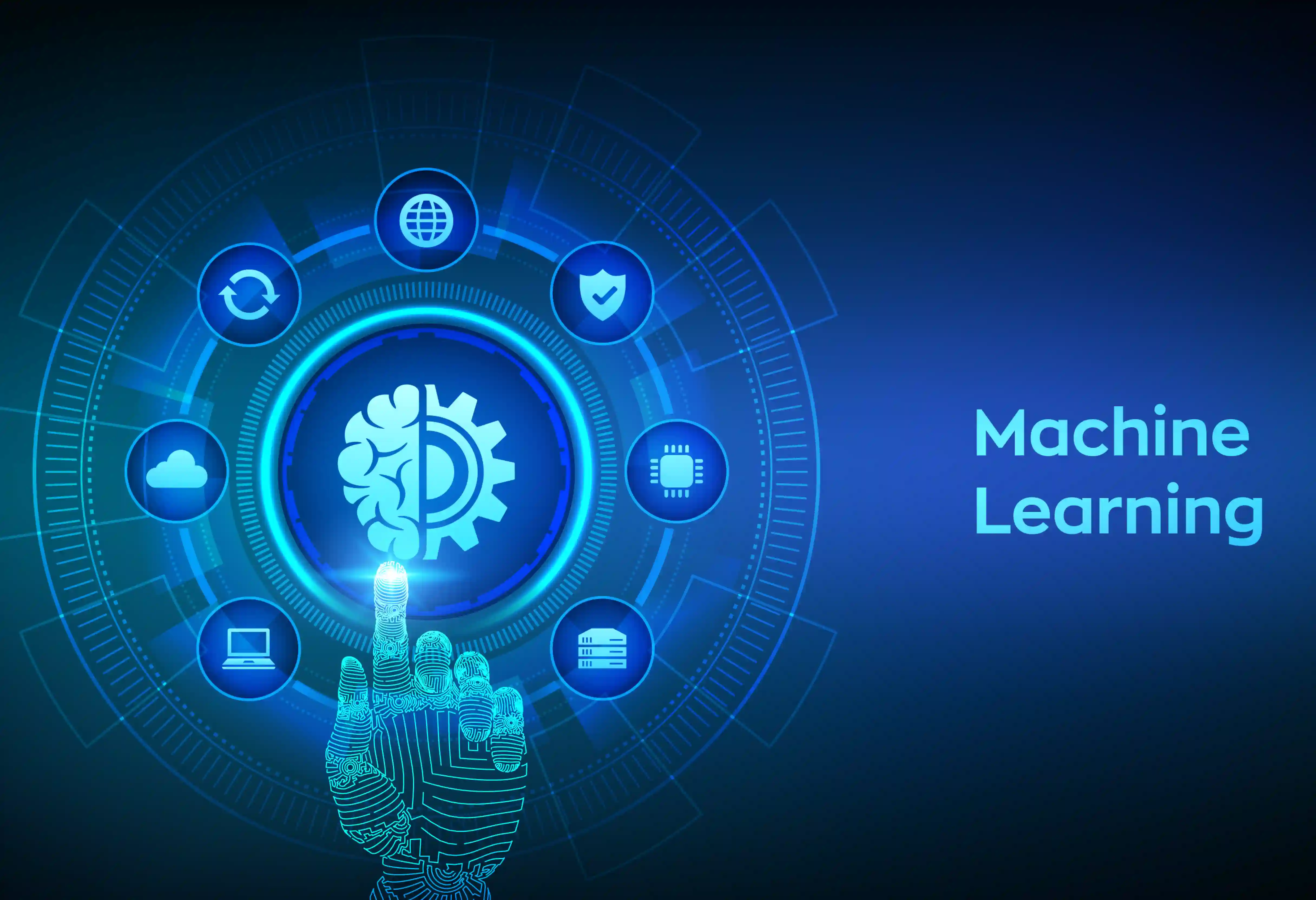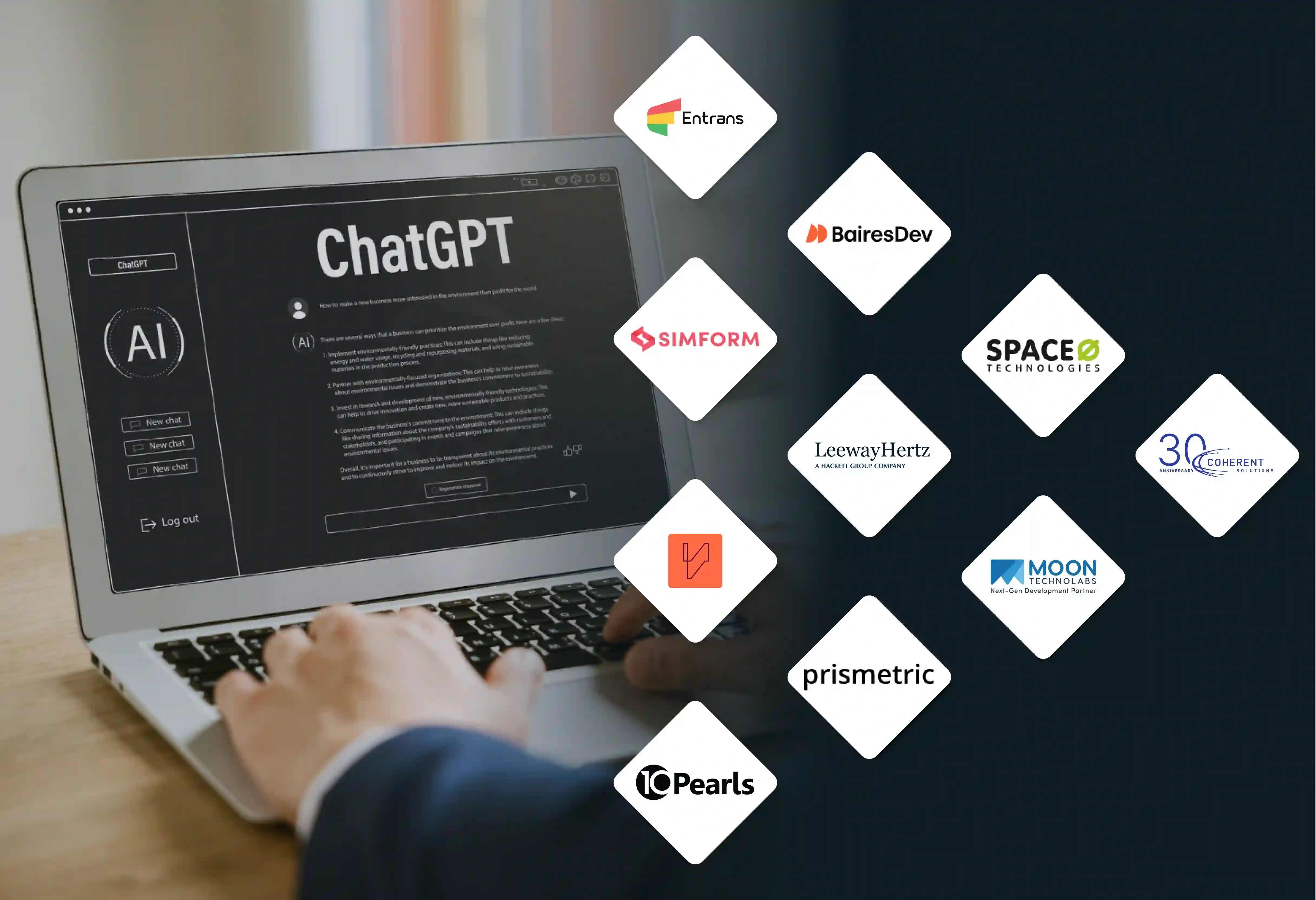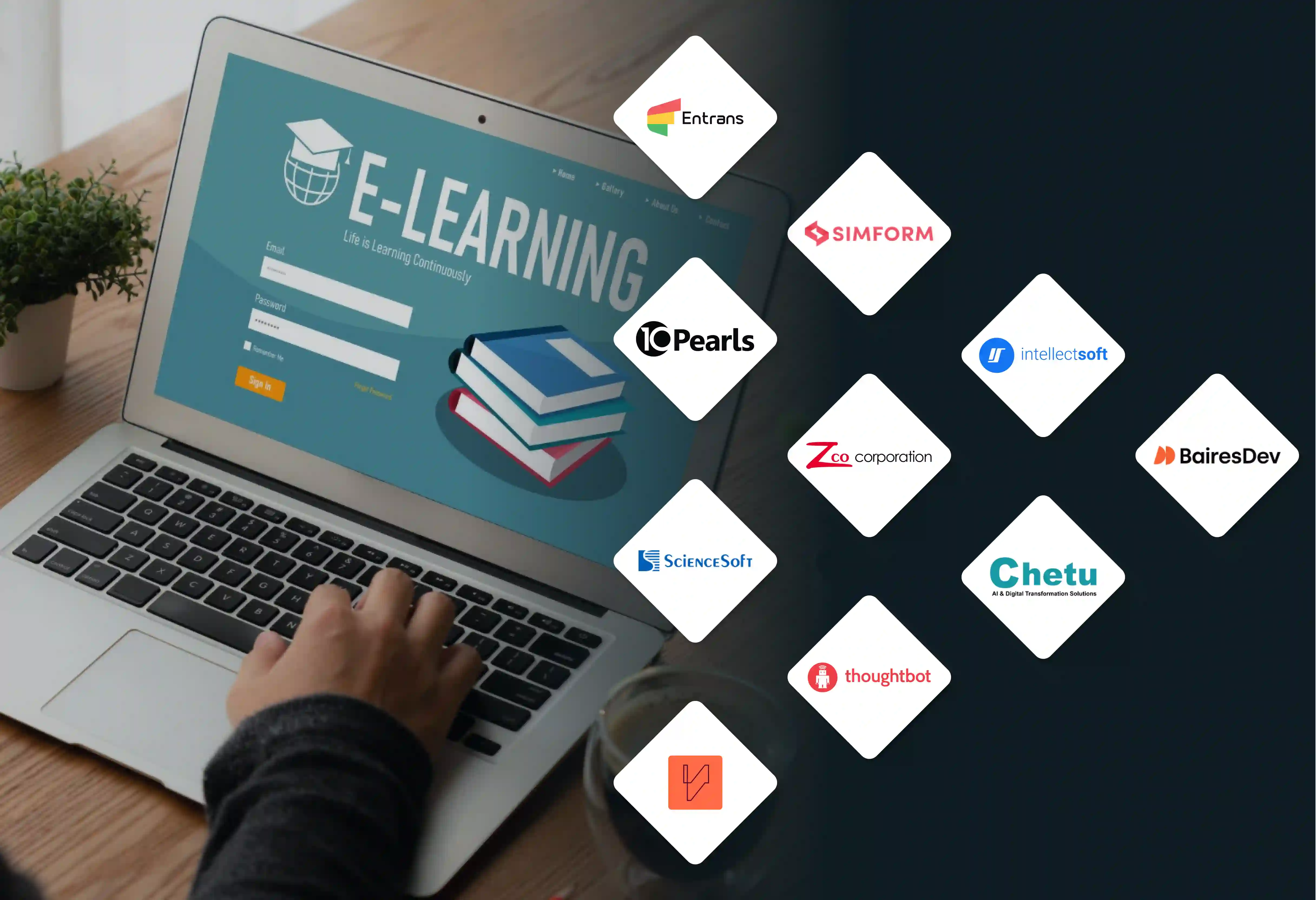


Every second in the modern digital world, companies and people create enormous volumes of data. How then may we interpret this information and derive insightful analysis? This is where machine learning finds application. Machine learning drives many practical uses, from tailored streaming platform recommendations to self-driving cars. But just what is machine learning, and how does it operate? This extensive blog will go over the basic ideas, methods, and uses of machine learning techniques so that you may better appreciate how it may affect different sectors.
Machine learning is a subset of artificial intelligence that allows systems to learn and improve through experience without being programmed for such tasks. Instead, ML algorithms are used to analyze large datasets so as to detect patterns and take informed decisions. Unlike the traditional approach of programming computers explicitly for a certain task, machine learning technologies teach them to learn from the data, spot trends, and get better in terms of accuracy with the passage of time.
ML empowers everything from email spam filters to advanced medical diagnoses. With the increasing reliance on data in decision-making, ML technology has undeniably become a powerful force changing many industries across the globe.
Machine learning models operate by training on datasets to identify patterns and generate predictions. The process involves three essential steps:
For example, in image recognition, a model is trained on thousands of labeled images of cats and dogs. As it processes more images, it refines its ability to distinguish between them, improving its accuracy over time.
Supervised learning uses labeled data, i.e., the input data has the correct output associated with it. The model develops the capability to map from input to output by progressively reducing errors. Other common examples are spam email detectors and handwriting recognizers.
Popular supervised learning algorithms:
In unsupervised learning, the model is given unlabeled data and must find patterns on its own. This technique is commonly used for clustering and anomaly detection. For instance, businesses use unsupervised learning to segment customers based on purchasing behavior.
Popular unsupervised learning algorithms:
Semi-supervised learning is situated in-between supervised and unsupervised learning. Using a small set of labeled data in conjunction with a large corpus of unlabeled training sets, this method can improve the efficiency of learning. This method is beneficial in numerous applications, particularly in medical imaging, where it is costly and time-consuming to obtain labeled data and only a few examples exist.
Examples of application of machine learning learning applications include:
Reinforcement learning involves training an agent to make decisions by rewarding desirable behaviors and penalizing mistakes. This type of learning is used in robotics, gaming, and self-driving cars.
Key reinforcement learning concepts:
Machine learning is a branch of artificial intelligence, but the two terms are not synonymous. Here’s how they differ:
AI is a wide branch of computer science with the intent of creating machines that can imitate human cognition. This concept embraces techniques as varied as rule-based systems to expert systems and machine learning. AI's overall goal is to allow computers to reason, solve problems, and make decisions.
Machine learning could be taken as a later development or a subset of AI, whereby ML algorithms can learn from data for predictions. AI works more on the basis of the obvious programming, unlike the ML models, which recognize the patterns and grow their degree of accuracy with more data processed.
Example: AI includes expert systems like IBM Watson, while ML is behind predictive analytics tools like recommendation engines.
Deep learning usually refers to an advanced subsection of ML that uses multi-layered artificial neural networks to handle large amounts of data. Such deep neural networks are very good at automatically extracting high-level features, hence being quite effective in very complicated tasks such as image recognition, speech processing, and natural language understanding.
Example: Deep learning powers technologies like Google’s image search and speech recognition in virtual assistants like Alexa and Siri.
Several machine learning algorithms are widely used to solve different problems:
Many industries leverage machine learning to optimize operations and enhance customer experiences:
Machine learning is revolutionizing industries by enabling data-driven decision-making and automation. Be it in healthcare, finance, or entertainment, ML applications are growing larger and larger, restructuring how businesses work. As we progress in AI and deep learning, machine learning will even more intensify itself in our everyday lives. Mastering its fundamentals would be crucial in the proper leveraging of its potential effectively. With knowledge about machine learning concepts, techniques, and practical applications, a company or person could create a leading edge in the entire digital world.






